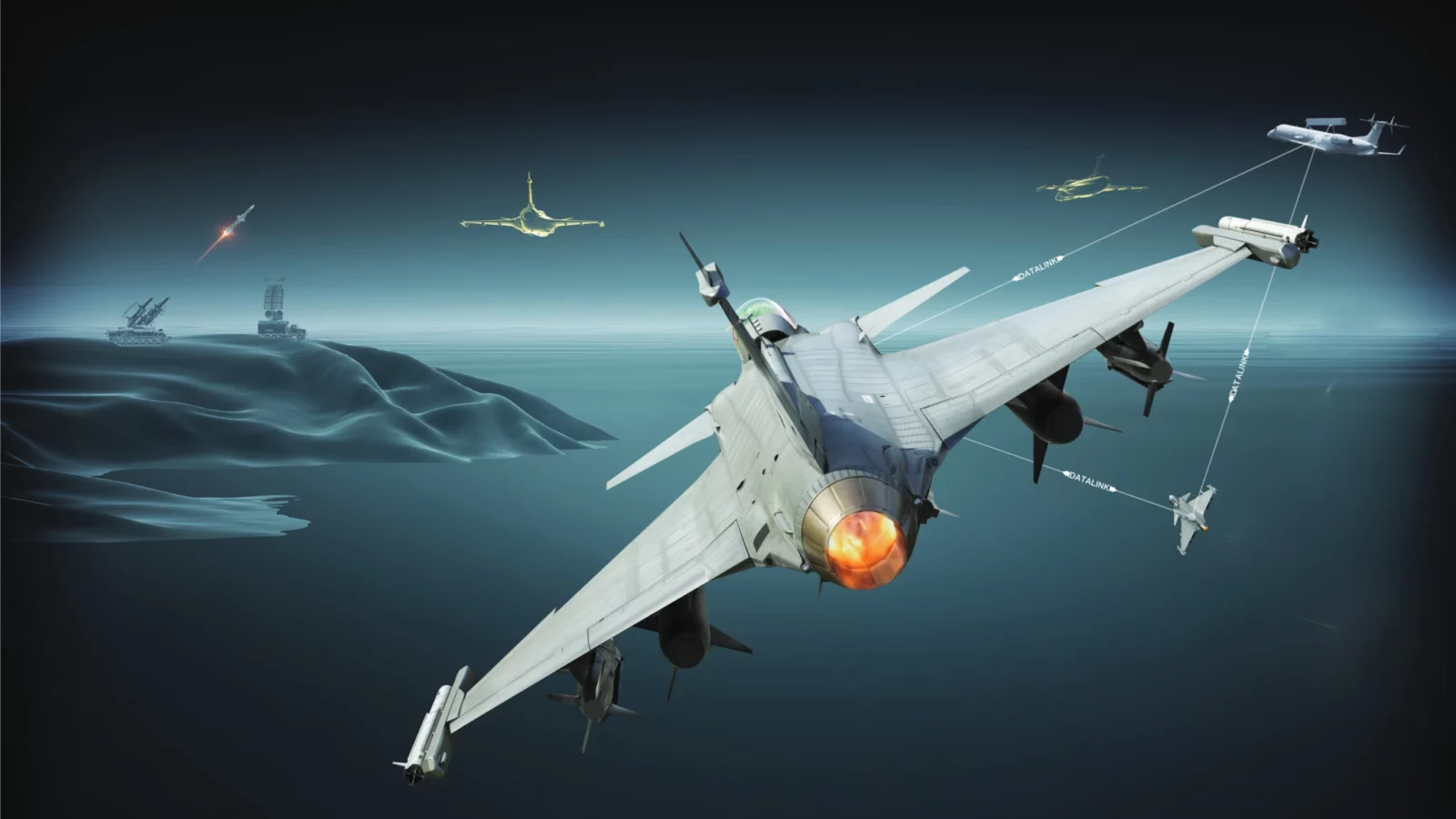The tactical datalink has become an indispensable tool for armed forces around the world for sharing information and command and control functions. In Brazil, the Link-BR2 system, which is the future Brazilian datalink, was designed by the Brazilian Air Force and is in the final stages of certification and will also be integrated into the F-39 Gripen fighter.
The development of Link-BR2 is managed by the Combat Aircraft Program Organizing Committee (COPAC) and executed by the Brazilian company AEL Sistemas. The aim is to provide a tactical data link system, with the capacity to traffic information in real time, in encrypted form, between air vectors, such as the F-5M, A-29, E-99 aircraft, the F-39 Gripen fighters, and the command and control centers on the ground.
This project places Brazil as one of the few nations in the world capable of autonomously developing and implementing systems of this category.
“Link-BR2 is a complex system that incorporates a Tactical Data Link with advanced Command and Control capabilities, which places the FAB definitively in the Network Centered Warfare (NCW) era. In the final stages of certification, the system is the result of a long-term vision on the part of the FAB, which seeks, in addition to being at the forefront of technology, sovereignty in communicating securely in any environment. For AEL Sistemas, it is a source of great pride and responsibility to develop and integrate the system into advanced air platforms such as the Gripen, contributing to Brazil’s sovereignty,” said AEL Sistemas.
In Gripen, Link-BR2 is another asset capable of offering advantages in an operational scenario in favor of the force that uses it in a conflict area. The sharing of data, images, videos and messages in greater volume and speed, in an encrypted and secure manner, supports real-time information, thus ensuring superior situational awareness.
The exchange of information in real time allows fighter jets to use data from other platforms and sensors operating in the same battle scenario, such as radars installed on other platforms, whether on a ship, in a missile battery or from a surveillance aircraft. In this way, fighters can operate in silent mode, with their transmitters in passive mode, not emitting signals and making it more difficult for the enemy to detect them, while still being able to guide their missiles against targets in the air, on the ground or at sea, just by receiving the shared information.
For the pilot in the cockpit of the fighter, before take-off, in the planning phase, and during the course of the flight, knowledge of the disposition of allied and opposing forces contributes to making tactical decisions that maximize the success of the mission.
“The system is being developed by more than 50 engineers from a wide range of areas, mainly focused on communication protocols, radio systems, networks and airborne applications,” concluded AEL. The project represents a major technological advance for Brazil and will allow for greater efficiency in the missions of Gripen fighters and other aircraft in operation in the country.
